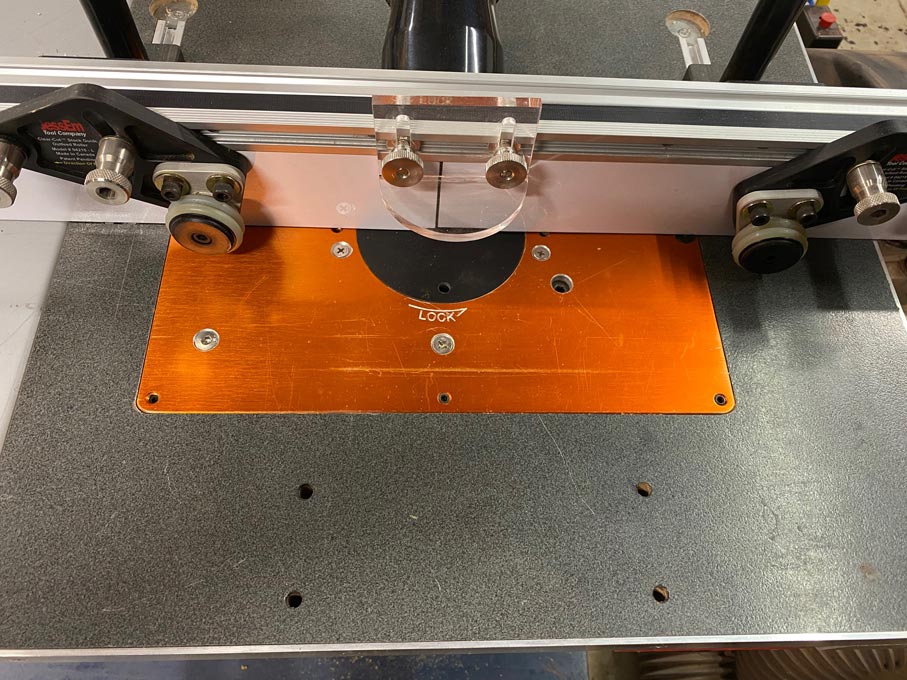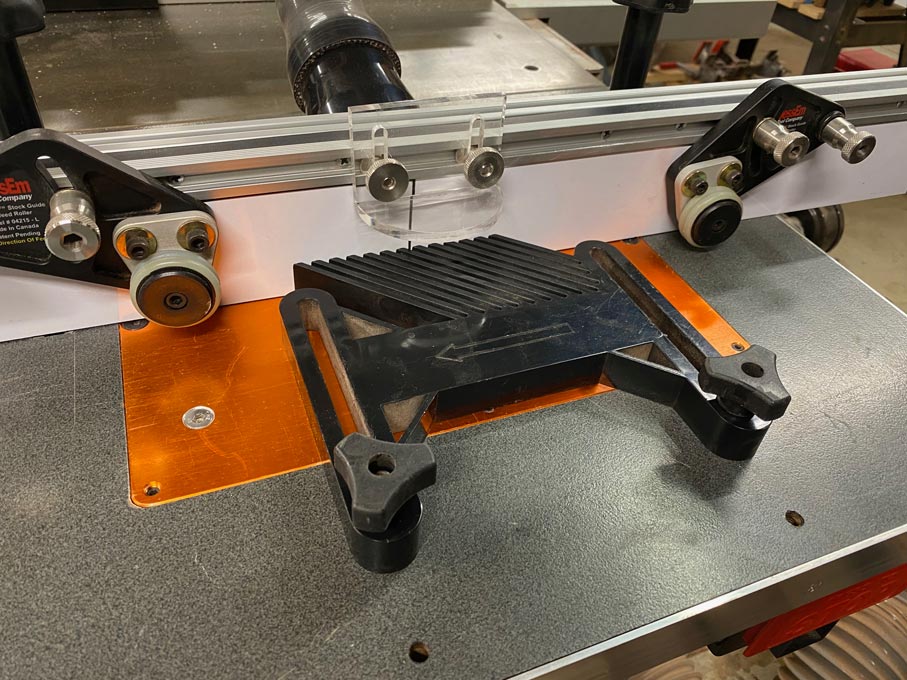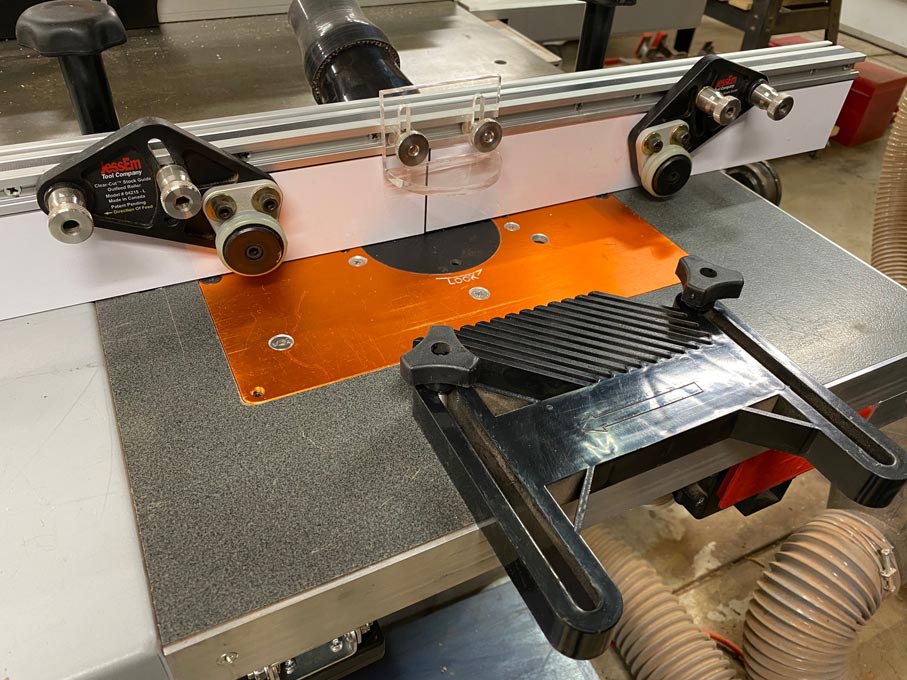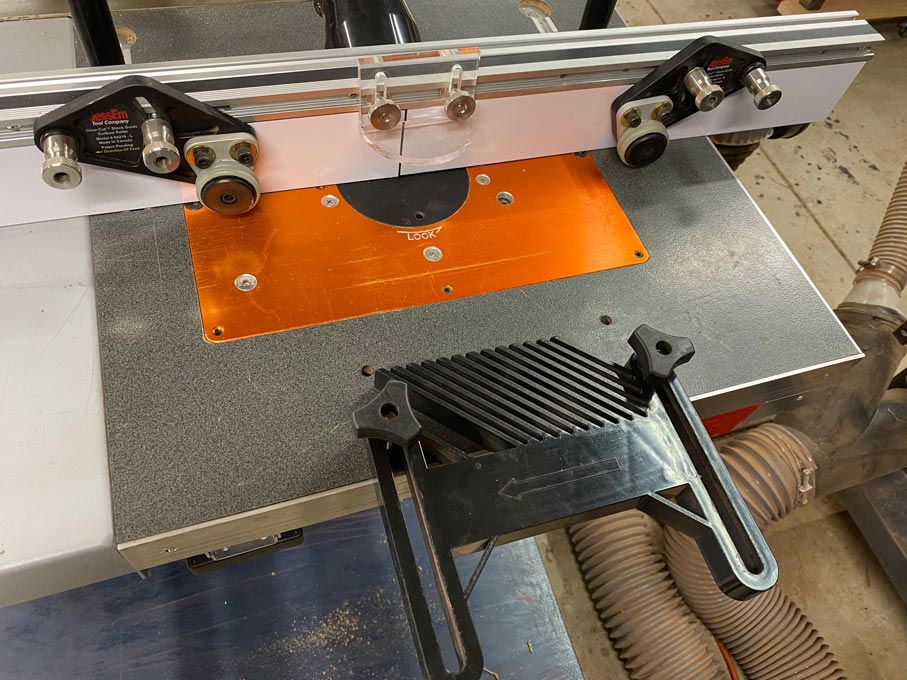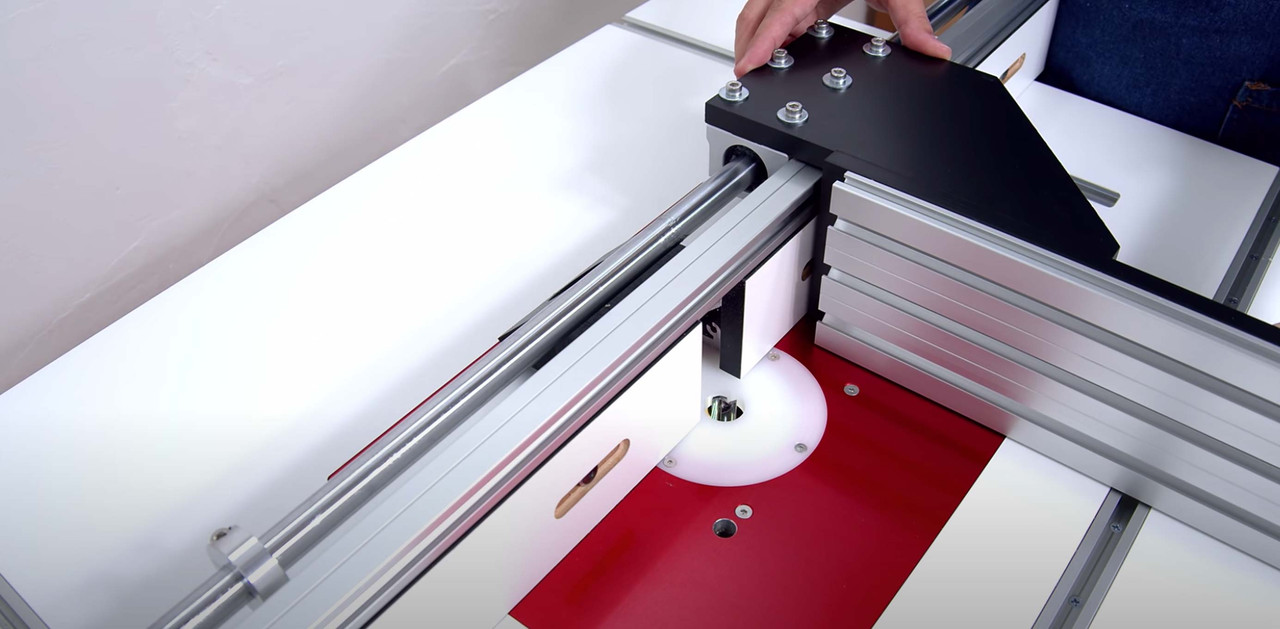I have just completed another router table: http://www.inthewoodshop.com/Powered...Adventure.html
This is built into the outfeed of my table saw. It features a number of interesting items: fully-functioning fence, JessEm guides, Router Raizer, Wixey digital gauge, and amazing dust collection!
The aim was to build a router table with good features, and at a reasonable cost. To do this, there is no expensive router lift, and the fence is shop-made.
I hope it offers up some ideas for others.
Regards from Perth
Derek



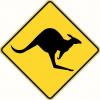


 Reply With Quote
Reply With Quote

